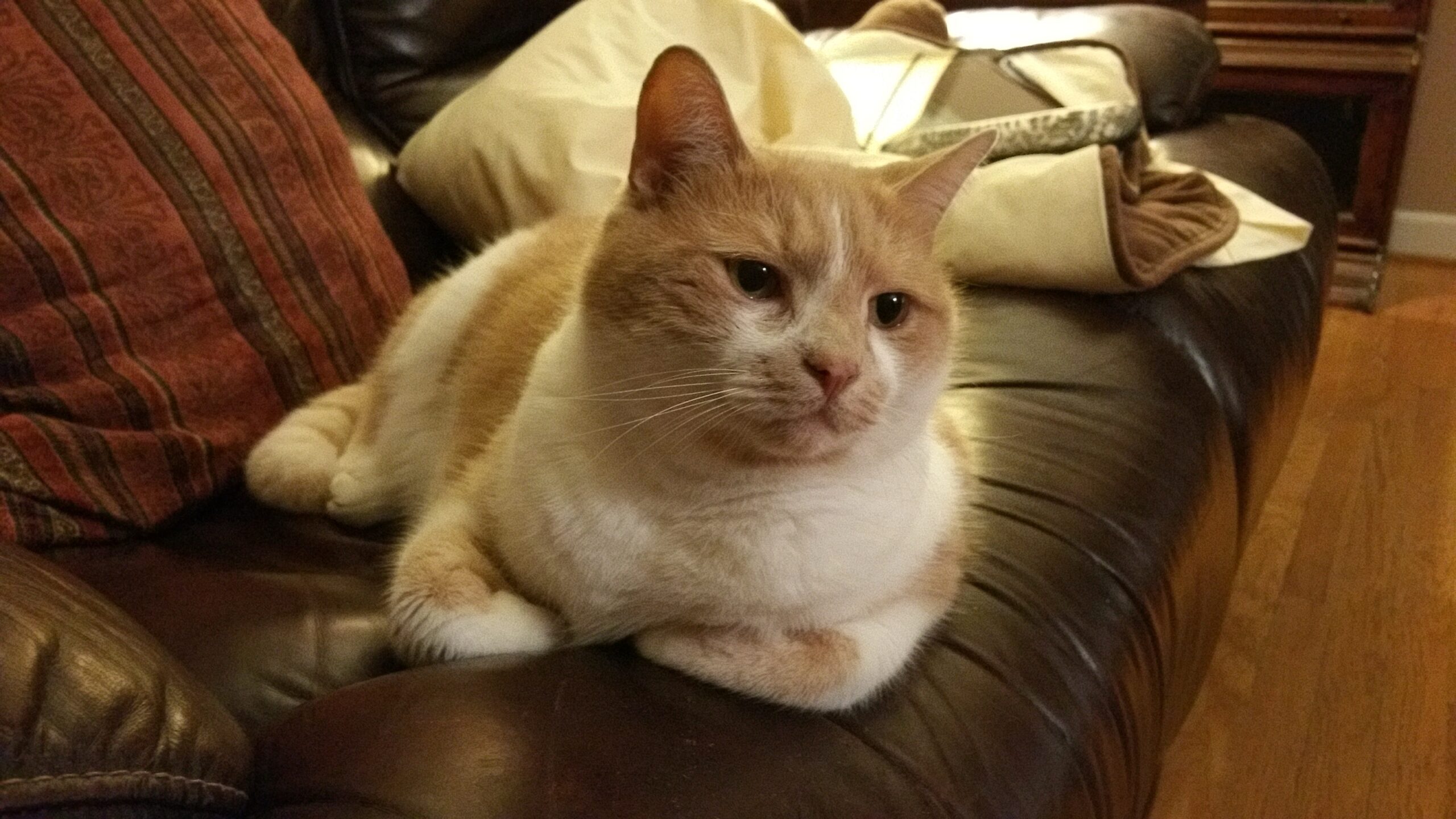 Proper hydration is crucial for pets of all ages, but it becomes essential as pets enter their senior years. Just like humans, senior pets are more susceptible to dehydration due to changes in their metabolism, kidney function, and overall health. Older pets may not feel as thirsty as they once did, or they may have difficulty accessing water due to mobility or cognitive issues. Without enough water, their body’s vital systems, including digestion, kidney function, and circulation, can be compromised, leading to serious health problems. Understanding the importance of hydration for senior pets and learning how to recognize dehydration can help pet owners ensure their aging companions stay healthy and comfortable.
Proper hydration is crucial for pets of all ages, but it becomes essential as pets enter their senior years. Just like humans, senior pets are more susceptible to dehydration due to changes in their metabolism, kidney function, and overall health. Older pets may not feel as thirsty as they once did, or they may have difficulty accessing water due to mobility or cognitive issues. Without enough water, their body’s vital systems, including digestion, kidney function, and circulation, can be compromised, leading to serious health problems. Understanding the importance of hydration for senior pets and learning how to recognize dehydration can help pet owners ensure their aging companions stay healthy and comfortable.
Why Hydration Matters for Senior Pets
Water is essential for many bodily functions, including digestion, temperature regulation, and nutrient absorption. For senior pets, proper hydration becomes even more critical because their organs, particularly their kidneys, are often less efficient than they were in their younger years. As pets age, they may also develop conditions such as kidney disease, diabetes, or urinary tract infections, which can exacerbate dehydration.
For example, chronic kidney disease is common in older cats and dogs, and one of its symptoms is increased water loss through urination. If your senior pet is not drinking enough to compensate for this loss, dehydration can worsen the condition and further strain their kidneys. Adequate hydration helps the kidneys filter waste products from the blood, keeping your pet’s systems functioning smoothly.
Additionally, dehydration in older pets can lead to lethargy, poor skin elasticity, dry gums, and even cognitive issues. Ensuring your senior pet is well-hydrated helps maintain their energy levels, supports their mental function, and reduces their risk of developing further health problems.
Signs of Dehydration in Senior Pets
It’s essential to recognize the signs of dehydration so you can act quickly to prevent it from worsening. Some common signs of dehydration in senior pets include:
- Dry Gums and Mouth: A well-hydrated pet’s gums should be moist and shiny. If your pet’s gums appear dry, tacky, or pale, it could be a sign of dehydration.
- Lethargy: Dehydrated pets often feel weak or tired. If your senior pet is more sluggish than usual or seems unwilling to move or play, they may be dehydrated.
- Sunken Eyes: Dehydration can cause a pet’s eyes to appear sunken or dull. This is more easily observed in cats, but it can also be a sign in dogs.
- Loss of Skin Elasticity: One of the easiest ways to check for dehydration is the skin turgor test. Gently lift the skin between your pet’s shoulder blades and release it. In a well-hydrated pet, the skin should quickly return to its normal position. If the skin stays “tented” or takes a long time to go back, your pet may be dehydrated. This comes with a caveat. As pets age, their skin becomes less elastic. Since older pets have less elastic skin, it is essential to understand how your pet’s skin typically feels.
- Increased Heart Rate or Panting: Dehydration can cause your pet’s heart to work harder, leading to an increased heart rate and panting. Think of it as the heart having to work harder with less. This can lead to a higher heart rate and increased respiratory rate. If your cat or dog starts breathing heavily, it could indicate that dehydration, heat stress, or another medical condition is occurring.
- Decreased Appetite: If your pet is dehydrated, they may lose interest in food or refuse to eat altogether. A lack of appetite paired with any of the above signs should raise concern.
Encouraging Your Senior Pet to Drink More Water
If you suspect your senior pet is not drinking enough water, there are several ways to encourage them to stay hydrated:
- Provide Fresh Water: Always ensure your pet has access to clean, fresh water. Older pets may be more sensitive to the smell or taste of water, so changing it frequently can help encourage them to drink.
- Add Wet Food to Their Diet: Wet food contains more moisture than dry kibble and can help increase your pet’s water intake. For cats with kidney disease, wet food can be particularly beneficial in preventing dehydration.
- Use Water Fountains: Some pets, especially cats, prefer moving water over still water. Investing in a pet water fountain can entice them to drink more frequently.
- Flavor the Water: Adding a small amount of low-sodium broth (chicken or beef) to your pet’s water can make it more appealing, especially for dogs. Just ensure the broth is free of onions, garlic, and other ingredients that are toxic to pets.
Place Water Bowls Throughout the House: For senior pets with mobility issues, having multiple water stations around the house can make it easier for them to access water without exerting too much effort. Elevating your pet’s water bowl can also encourage your senior dog to drink more by making their water more accessible. Aim to place the water bowl at a level somewhere between the dog’s elbow and shoulder. Furthermore, if your pet’s mobility is limited, ensure the water is easily accessible from their bed.
If you would like more specific advice on your pet’s needs, call our office at (802) 871-2329 to schedule a telemedicine appointment.
